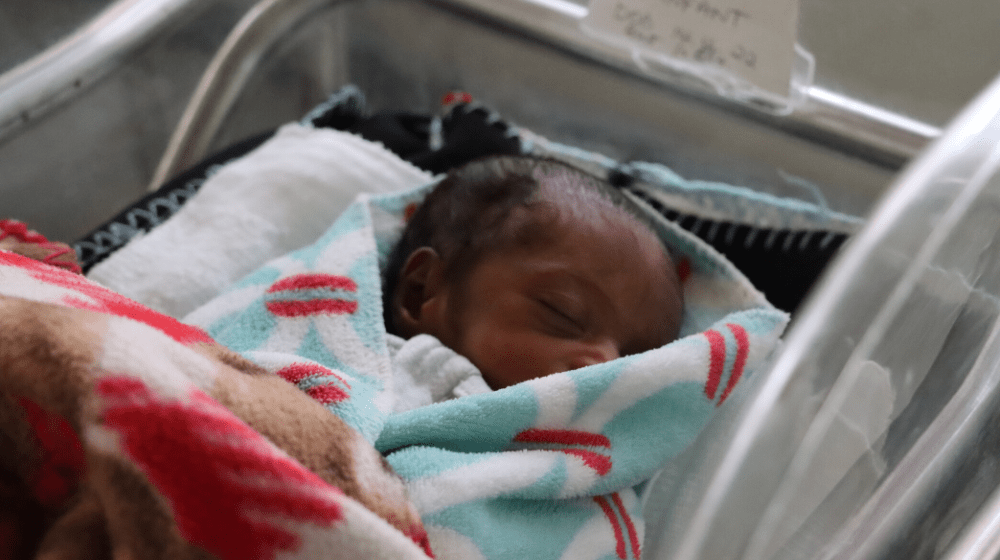The importance of reporting, reviewing and recording deaths during birth in our health facilities is in preventing the recurrence of maternal deaths was a common theme during the Maternal Perinatal Death Surveillance Response (MPDSR) Orientation conducted with the Eastern Highlands Provincial Health Authority by the United Nations Population Fund, in support of the National Department of Health.
Papua New Guinean health care facilities do have maternal death review forms and neonatal death review forms. MPDSR goes beyond reporting and auditing the deaths. It is a detailed investigation and reporting of these deaths, a survey and response style reporting that details how these maternal deaths can be prevented in the future.
Senior health workers from the Eastern Highlands Provincial Health Authority underwent a one-day workshop where they were given an orientation of the MPDSR concept and shared their perspectives on how the MPDSR tools can be used as part of quality improvement efforts and maternal and newborn mortality reduction efforts in PNG.
Through a presentation by UNFPA’s Asia Pacific Regional Office’s Sexual and Reproductive Health Specialist Catherine Breen Kamkong, participants examined health facilities strategies/tools on how to reduce the ‘3 Delays’ that can lead to preventable maternal deaths: delay in decision to seek care, delay in reaching care, and the delay in receiving adequate health care review.
“There has to be a recognition and decision to seek care by mothers, transportation to receive care, and the provision of quality care,” said Catherine. “There are a few tools to combat these three delays which can be considered by both the mother and health facility.”
“To improve maternal health care we need to know how and where to focus our resources. Maternal death is something families have to live with and there has to be accountability.”
Senior Medical Officer in the EHPHA Obstetric and Gynecology Department, Dr. Freda Wemin, shared her gratitude for the orientation and said detailed reporting at the curative level is not happening because more focus is placed on primary health care.
“Important information is not being captured in the existing forms and there is no report of what is happening at the curative level. There are numbers indicating the number of deaths but it does not capture important questions of how many complications, how many surgeries, how many near miss deaths, and other information. Hence, we cannot properly analyze data”, said Dr. Wemin.
“There is quantitative analysis of data but not qualitative.”
UNFPA’s MPDSR project was piloted in Milne Bay Province last year with the Provincial Health Authority and is still being trialed with the District MPDSR Committee in charge of monitoring and following up on the progress. The next provinces to join the project will be Eastern Highlands and Morobe.
About MPDSR
Maternal and perinatal death surveillance and response (MPDSR) is a key initiative to improve the quality of care for maternal and neonatal health and end preventable maternal and newborn deaths. Evidence suggests that, if maternal and perinatal death reviews are completed and recommendations implemented alongside training and development of local leadership, a 30–35 per cent reduction in maternal and perinatal mortality can be observed. Given that many services and systems have been disrupted by the pandemic response, it is possible that the same has happened to MPDSR. The aim of this project was to understand if disruptions to MPDSR systems and processes had occurred during 2020–2021 compared with previous years’ reporting. If the key system that is meant to record and respond to maternal and newborn deaths is not functioning to its full extent, then there is a risk that not all maternal and newborn deaths are being captured and the true impact on maternal and newborn mortality is then not fully understood.


